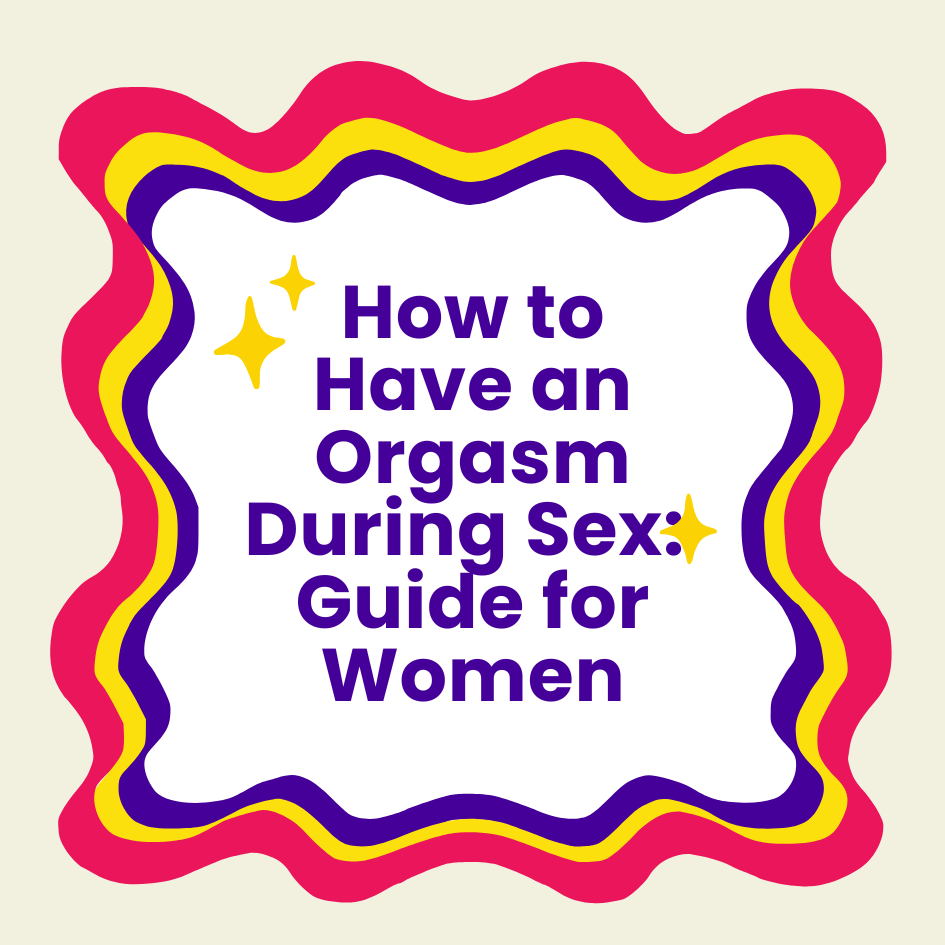
By Tara Blair Ball
I’d never heard of ASMR before 2018, but I have several friends who swear they experience it and that watching certain videos helps them deal with their intense insomnia. One such friend went out of town with me, and late at night in our hotel room, she turned on a video of a woman whispering and watched it until she drifted off to sleep. This seemed not all that strange to me, almost like listening to a guided meditation.
But ASMR is much more than a desire to listen to someone whispering.
What is ASMR?
The term, ASMR, was first coined byJennifer Allen in 2010. ASMR stands for “Autonomous Sensory Meridian Response.” It is “autonomous” because it is spontaneous, “sensory” because it relates to the senses, “meridian” because it signifies a peak or climax, and “response” because it refers to an experience.
People who experience ASMR describe it as a physical response to specific audio and/or visual “trigger.” This physical response, as explained onASMRuniversity.com, is described as “light and pleasurable tingles, sparkles, fuzziness, or waves of relaxation in the head, neck, spine, and throughout the rest of the body.” Dr. Craig Richard, founder of ASMRuniversity.com, calls it “brain tingles.” While the experience is not necessarily sexual, ASMR participants can also call this experience “head orgasms” and “braingasms” or “brain orgasms.” This pleasurable sensation is reported to lead to “deep and soothing feelings of relaxation, calmness, comfort, peacefulness, restfulness, or sleepiness.”

Is ASMR real?
There is currently very little science confirming that ASMR exists and how, but that may change.A 2016 study founddifferences between the brain connections of those who experience ASMR and those who don’t. In this study, they found increased connectivity between certain areas of brain, which they think might explain the unique sensory-emotional experiences certain people currently call “ASMR.”In another study, a high prevalence of synesthesia (a condition in which one sense, such as hearing, is perceived by other senses. Like if someone associated a specific letter with a taste or smell) makes scientists wonder if there’s also a possible link.
In other studies where participants were surveyed, they reported that ASMR helps them feel less anxious and depressed and that it helps them sleep.A 2015 study reported that the majority of viewers of ASMR videos watch these videos torelax, deal with stress, and fall asleep. A 2017 study confirmed those same results by finding that a majority of viewerswatch the videos to relax and some felt the videos helped their anxiety. A 2018 study reported that ASMR videos helped viewers feel calmer, less stressed, and less sad, and the participants were so relaxed that theirheart rates slowed down in the researchers’ lab.
Who can experience ASMR?
It’s not clear how many people experience ASMR, but it seems to be a minority experience.It is predicted that some 40% of people experience it mildly with 20% experiencing it strongly.
If you type “ASMR” into YouTube, you’ll now find millions of videos by so-called ASMRtists (ASMR artists) or ASMR content creators. These videos can include whispering, talking slowly and lowly, tapping, crinkling, scratching and brushing. They may also include the ASMRtist gazing directly into the camera in a kind way, mimicking or roleplaying giving the viewer a spa treatment or cutting their hair. The video could also focus on the ASMRtist unboxing an item, sorting a group of items, running their fingers along an exfoliator, cutting soap, painting or creating a picture (think Bob Ross!), or even solving a Rubik’s cube.
But people who experience ASMR can also be triggered outside of video searches on YouTube as well. They might be triggered while touching or being lightly touched by a doctor, friend, aesthetician, or family member, by getting their hair cut, or someone whispering behind them. There are even in-person experiences by attending an immersive experience atWhisperlodge. Some movies, TV shows, musicians, dancers, and composers have also created ASMR-inspired experiences as listedhere.
These videos or experiencesthat trigger the pleasurable sensation can be extremely effective, but every person who has ASMR has unique triggers. One person may only get the experience from watching someone sort something like their collection of thimbles, while different degrees of whispering might be someone else’s sweet spot. In addition, individual tolerances can change, which means people may not get the same reaction after watching the same video or having the same experience over and over again.

ASMR and Sex
Though ASMR is not necessarily sexual, I would be amiss if I didn’t point out that it’s not non-sexual. Not only do "head orgasms" and relaxations sound very much like the by-product of a sexual orgasm, but ASMR-inpsired porn videos or ASMRotica (ASMR erotica) have also entered the arena. By adding a bit of NC-17 to a known ASMR trigger (for example, two nude porn stars might whisper and play with different sounds), they try to mingle the same kind of tingle response in viewers while being deliberately sexually-stimulating.
ASMR though is mostly G-rated. ASMR remains something that makes sense to some people and not at all to others. If just the thought of hearing someone whispering behind you or combing your hair makes you uncomfortable or annoyed, it is not likely you have it. But the videos as a whole are intimate, interesting, and, yes, relaxing. If it is something you experience or want to try to explore, millions of different experiences or “triggers” are available on YouTube by an array of ASMRtists. We all have our things, and people who experience ASMR now have a whole world.
===
Listen to your body with "Lioness," the world's smartest vibrator!
 Lioness is the first and only vibrator that helps you improve your orgasms.
Lioness is the first and only vibrator that helps you improve your orgasms.The world’s most advanced vibrator. Precision sensors let you literally see your arousal and orgasm. Experiment, understand yourself, and have better orgasms — after all, as the saying goes, “never measured, never improved."
Click hereto learn more.



